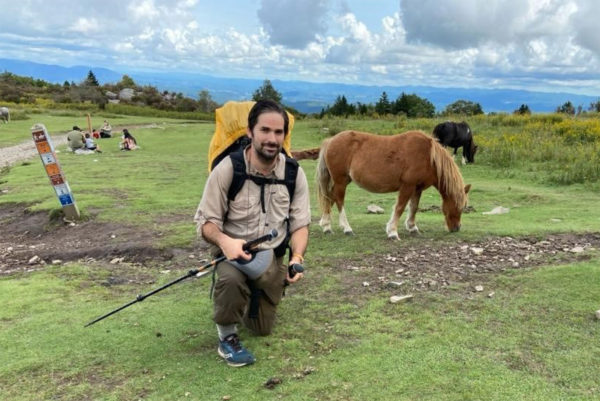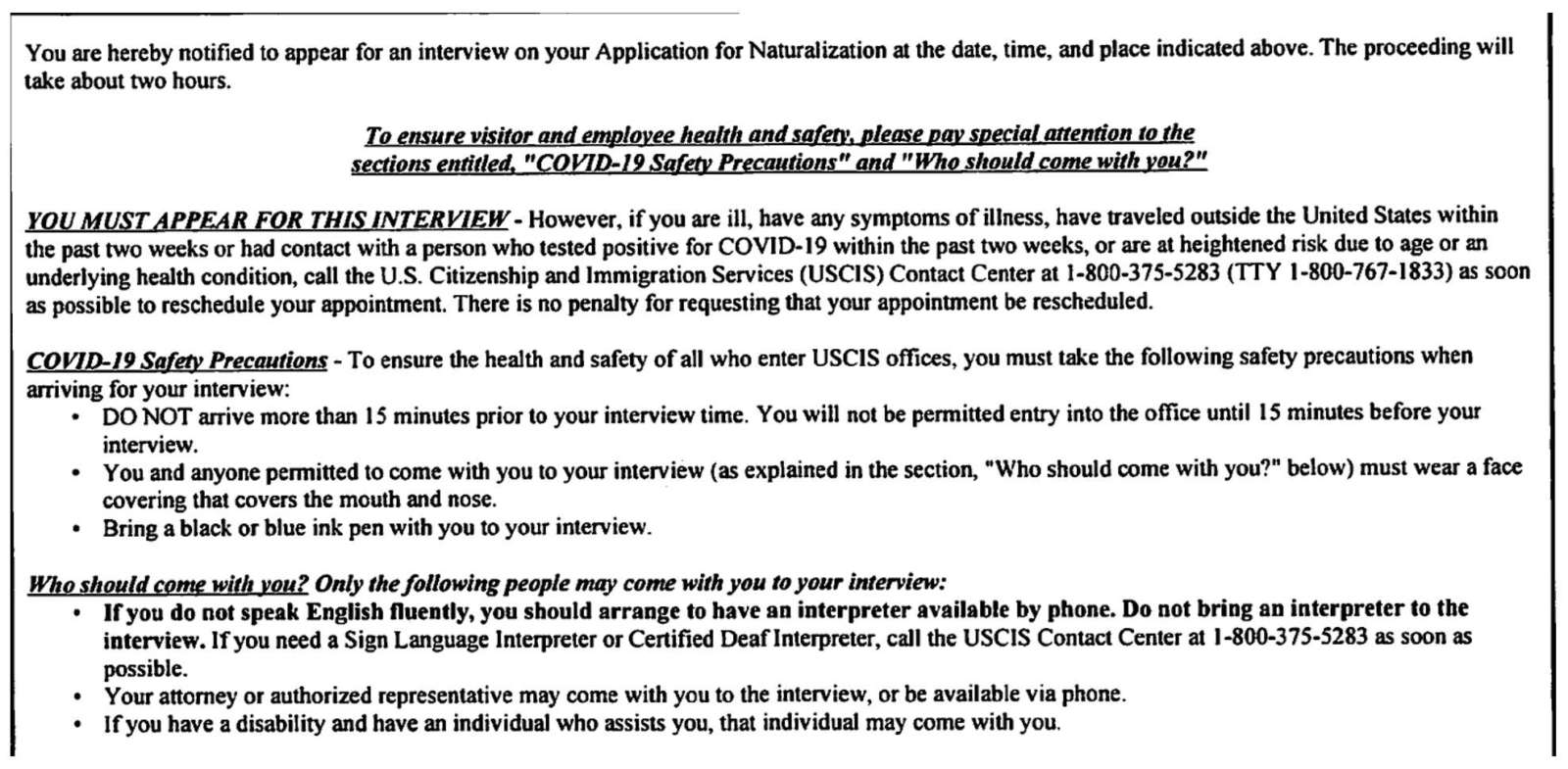
This sponsored column is by James Montana, Esq. and Doran Shemin, Esq., practicing attorneys at Steelyard LLC, an immigration-focused law firm located in Arlington, Virginia. The legal information given here is general in nature. If you want legal advice, contact James for an appointment.
We warned you that USCIS fees were skyrocketing. We were right.
Now, thanks to the publication of a new Final Rule in the Federal Register, we can give you the details. We’re hoping that this article will prevent someone, somewhere, from having a benefit application rejected due to an improper fee. So please read this carefully, and then pay a lawyer to do it for you anyway.
First, the highlights (and lowlights):
$50 Fee for Asylum Applications
For the first time in memory, asylum applicants will be charged a fee to apply for asylum. This fee applies to every asylum applicant. It applies to asylum applicants who are sitting in detention facilities without the ability to work and earn money; it applies to asylum applicants who are five years old. This fee is not waivable.
$550 Fee for First Asylum-based Work Permit Application
For the first time in memory, asylum applicants will be charged a fee to apply for their first work permit. (The logic was: if you aren’t allowed to work legally, it would be immoral to charge you a fee to apply to work.)
Green Card Application Fees Technically Decrease by $95 but Effectively Increase by About $1,000
This is extremely unwelcome news. The application for a green card formerly cost $1,225; now it costs $1,130. However, as a matter of ordinary, prudent practice, most immigration attorneys file work permit and travel permit applications with the green card application. These applications were formerly ‘bundled’ with the I-485 fee, and included at no additional cost. That is no longer true. Now, to apply for a green card, a work permit and a travel permit, the total cost is $2,270. In addition, if USCIS fails to adjudicate the application within a year — as it frequently does — the applicant will have to pay a further $1,040 to renew his work and travel privileges.
Green Card Renewal Fees Decrease by $125
This is welcome news. The current fee for a green card renewal is $540; the new fee is $415. USCIS will also discount the renewal fee by a further $10, to $405, if you file online. Caution: the online system is as useless as a bag of hammers. We recommend filing on paper.
Form I-751 Petition Fees Increase by $120
If you have your green card via a relatively new marriage to a U.S. citizen, the green card is only valid for two years. After one year and nine months, you generally have to apply to make your green card ‘permanent’ and valid for ten years. The fee for that was $680; now it is $760.
Naturalization Application Fees Increase by 60%
This is a huge deal. Right now, it costs $725 to apply for naturalization, which is already a heavy burden for poorer folks. The new fee will be $1,160. Ordinary economic incentives matter. This will mean fewer immigrants naturalizing, and therefore fewer naturalized voters. (Side note: We work pro bono with a nonprofit that helps low-income Arlingtonians naturalize for free: PM us if you have a referral.)
There are lots of other adjustments to the fees; read here for the details. The new fees go into effect on October 2, 2020. If you apply before then with the higher fee, your application will be rejected; if you apply later with the lower fee, your application will be rejected.
Now as ever, we suggest hiring competent counsel. Having a work permit application rejected delays starting your job for six weeks — in our experience, that’s how long it takes USCIS to open an envelope, see the check, and spin it around.
Our fees aren’t going up, and we don’t charge to answer questions on ARLnow. As always, we welcome any comments and will do our best to respond.









